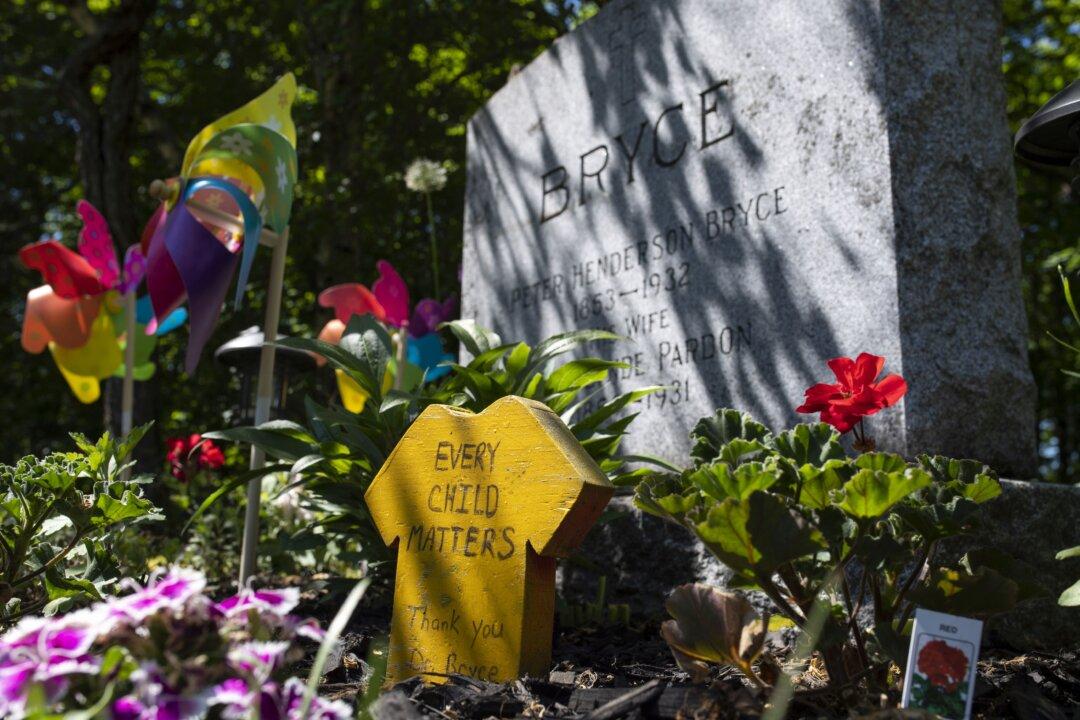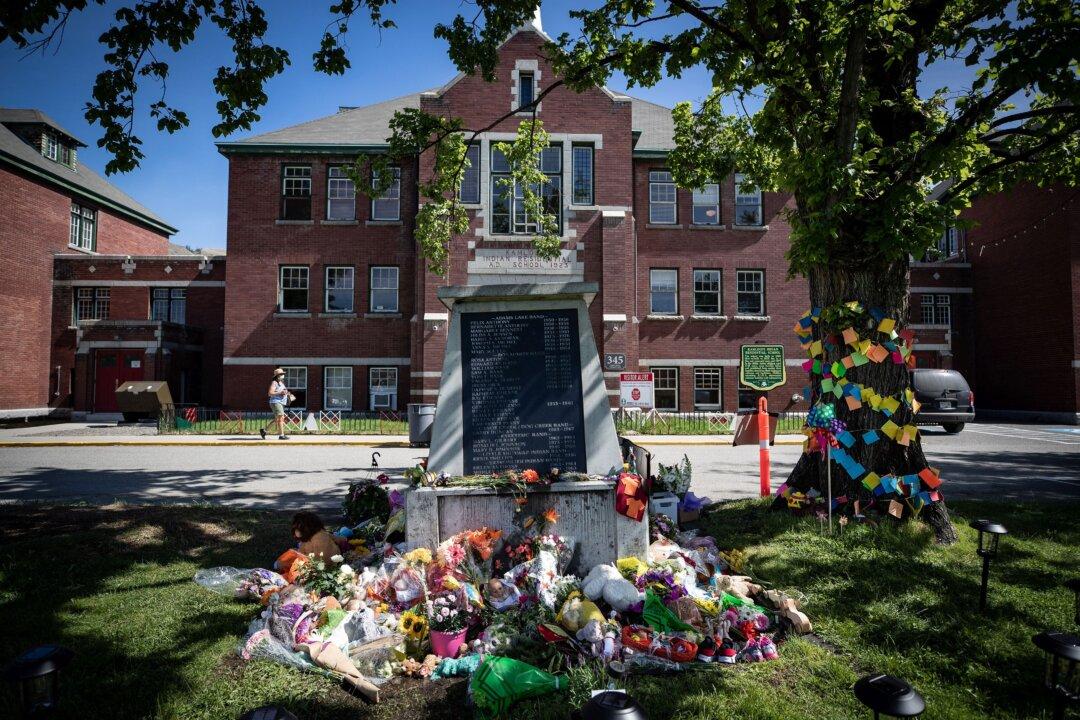Commentary
Yes, the title is an affected rejigging of Shakespeare’s soliloquy from a tormented Hamlet, perhaps the most famous lines in English literature. But just as Hamlet was consumed by death, delay, indecision, and emotion, so is the tragic battle over whether to excavate the Prairie Green landfill north of of Winnipeg to search for the remains of two women, both murdered in the early years of what should have been long, fulfilling lives.





